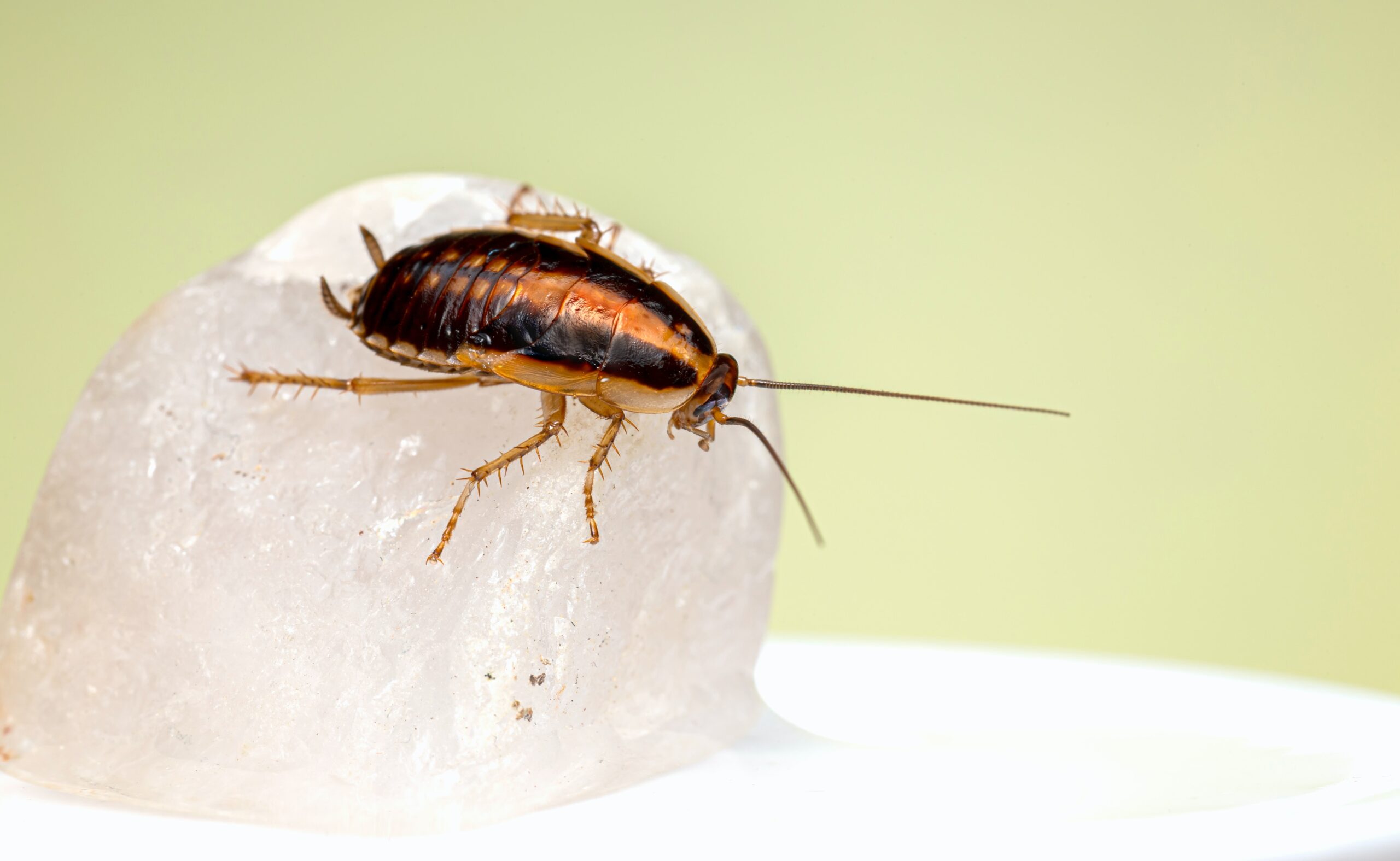
Noticing a few ants around the house, getting frequent mosquito bites, or seeing cockroaches in the kitchen can indicate a pest infestation at home. These pesky insects are not only unsightly, but they can also cause serious health problems and damage to your home’s structure.
Aside from the potential adverse health implications, the fear of encountering a critter in your home is reason enough to contact a pest control expert in your area.
Most people are terrified of killing living things, even if they are as small as cockroaches. You don’t want them dead; you just want them out of your house. So, take control of the situation by implementing these DIY pest control tips for preventing infestation in your home. Keep reading to protect your home from all kinds of pest infestation.
1. Regular Cleaning… Regular is the Keyword!
Most pests enter your home in an attempt to forage for food. Food scraps and water spills on the floor can provide a feast for pests like cockroaches, ants, and rodents. Homes that are not cleaned regularly may encourage pest activity, which can lead to an infestation. That means a little cleaning done “after” finding pests won’t cut it! A small amount of food crumbs can attract a large number of these pesky creatures in as little as five minutes.
These pests have susceptible odor receptors, so removing dirt from the ground is vital in limiting food sources. This will not only help to keep pests out of your home, but it will also make it easier to spot any potential problems.

2. Sealing Done Right
Pests look for any opening into your home, no matter how small, as a chance to enter. Because of this, you should fill in any gaps, cracks, and crevices. Doors and windows aren’t the only places where tiny openings can occur.
Inspect the entire exterior of your home on a regular basis for other cracks, crevices, and gaps through which pests could enter. Look for cracks in the foundation, loose siding, missing roof shingles, and gaps around utility lines such as pipes, electric wiring, and cable wiring. Any gaps should be filled with copper mesh, coarse steel wool, sheet metal, or mortar.
3. Another Thing to Seal and Store: Foods
If you have an open food container somewhere in your house, the pests will find it. If the original packaging can’t be fully sealed, always store pantry foods like cereal and crackers in reusable containers or resealable bags.
Also, avoid leaving cut and ripe fruits out of the fridge for an extended period of time. While some pests, such as fruit flies, are harmless, overripe, rotting fruits can attract larger pests, such as house flies, ants, and cockroaches, which can be challenging to get rid of.

4. Take Proper Trash Disposal Measures
Most people are aware that household garbage attracts pests like ants, roaches, and rodents. However, yard waste can attract pests that see it as a nest or a food source.
Make sure all your trash cans have tight-fitting lids, and clean the cans and the area where they sit regularly to remove debris and spills that pests can feed on. Using a lidded bin not only keeps trash out of sight but also helps to contain any rotting or pungent odors.
Also, remember to keep outdoor trash containers away from your doors and windows to prevent insects from easily accessing your home.
5. Get Rid of Standing Water
Water is just as crucial to pest survival as food is. A cockroach can go a month without eating by subsisting on water. Install gutters correctly on the exterior of your home. Always drain the sink and mop any puddles that may have formed around your home. Repair any leaking appliances as soon as possible.
Also, clean the area around your house and ensure the drains running outside are cleaned, as stagnant, dirty water can breed pests like mosquitoes.
If you have a water-evaporating air conditioner, don’t keep a vessel under it to collect water. Consider alternatives such as a pipe to transport the water out as soon as it arrives or just emptying and cleaning the vessel daily. Ensure there is no standing water anywhere near or inside your home.

6. Take Lighting into Account
Animals are drawn to light. Replace standard mercury vapor lights with high-pressure sodium vapor or halogen lights to reduce flying insects around doors and windows. Insects will be least attracted to bulbs with pink, yellow, or orange tints.
If possible, you should also relocate your light. While it is common to place lights on exterior walls near doors, it is preferable to position the light on a pole further away from your house. Because the porch area is the most vulnerable to flying animals, make sure the lights don’t exacerbate the situation.
7. Maintain a Clean and Tidy Garden
If your garden is overgrown, it may attract more pests and make it easier for them to enter your home. Tree limbs and shrubs that touch your home should be cut back. Doing this can help remove any “bridges” that pests might have used to get close to your home and enter.
Additionally, know that mulch in garden beds can provide an ideal hiding place for pests. Instead of mulch, you can place less pest-attractive ground cover, such as rocks, near your foundation.
8. Replace or Repair Torn Window Screens
If you do not already have one, install window screens to keep pests like house flies, mosquitoes, spiders, and large cockroaches out. These screens will not only help with ventilation but will also keep pests out.
9. Get Rid of the Clutter in Your Home
Pests prefer to hide in places that are dark and humid. This makes it difficult to detect the presence of pests in the home, allowing them to breed or build their nests. Their favorite hiding places include basements, attics, storerooms, cabinets, and cardboard boxes.
Removing items you no longer require can help to reduce clutter and pest infestations. Consider storing and organizing your belongings in airtight containers for easy access and to protect them from pest damage.
10. Consider Using Natural Pest Control Methods
If you are concerned about specific pests, you can use several natural methods to keep them out of your home. Most of the solutions are inexpensive and rely on everyday household items.
For example, you can use peppermint essential oil in sachets close to your windows and doors or make a diffuser or spray.
Proudly Family Owned & Operated – Titan Pest Services
If all else fails, hiring a pest control professional to deal with an infestation is always the best idea. However, finding these professional saviors might not be so easy. So, meet Titan Pest Services – a leading company that will protect your house from pest infestation!
Founded in 2007, Titan Pest Services is a full-service, family-owned and operated pest control company based in Closter, New Jersey. The company specializes in both commercial and residential pest control. Their clients include single-family homes, residential condominium complexes, luxury hotels, athletic stadiums, airports, food establishments, etc.
If you have any questions or need assistance, feel free to contact Titan Pest Services for a pest-free home!
Images from Sunday Home by Architecture Architecture – See the full story here



